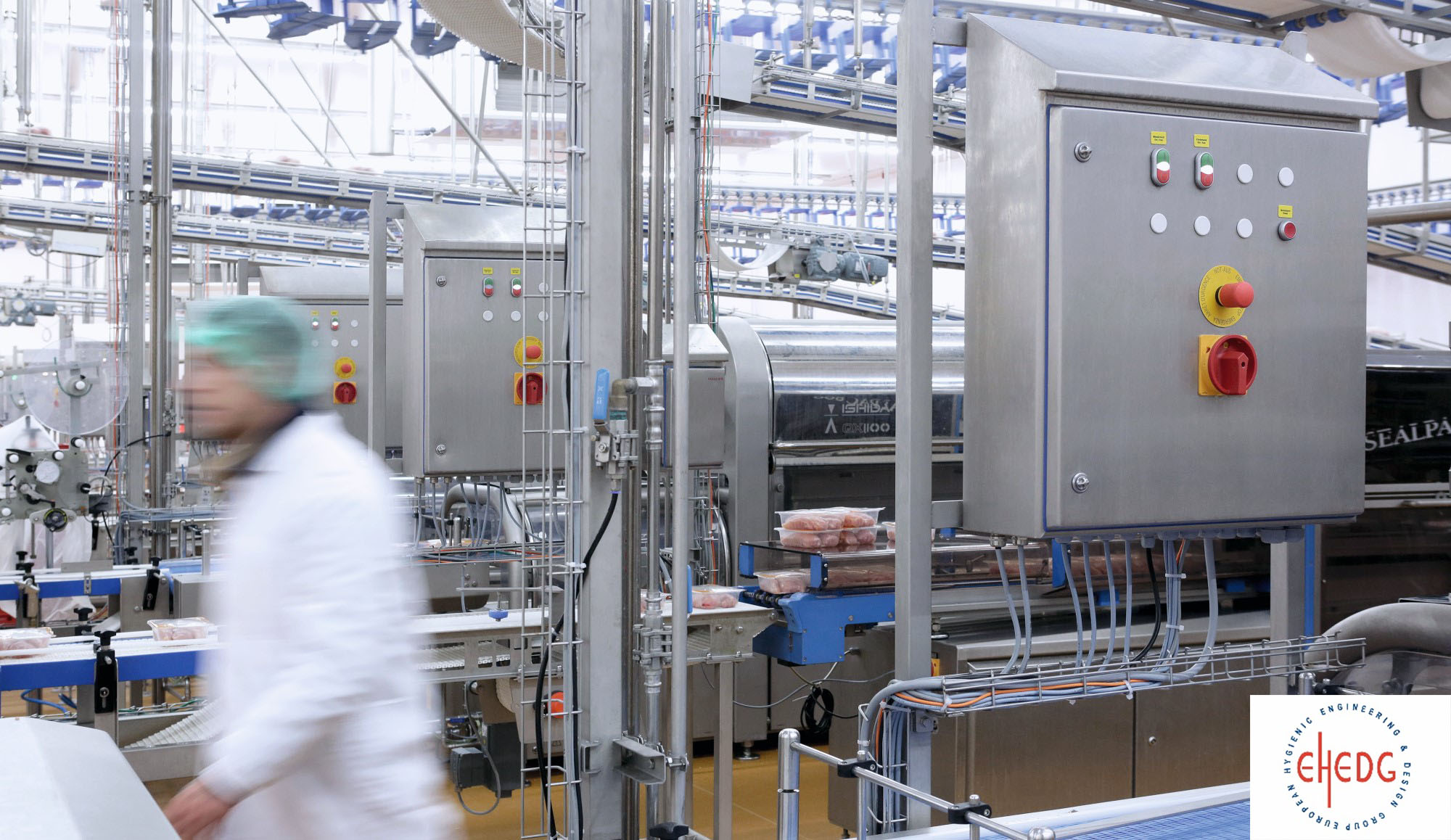By Rittal on Jul 5, 2024 1:46:36 AM
Food and beverage enclosures in Australia traditionally have flat roofs. Changes in European legislation however now require 30 degree sloped roofs on all enclosures. These legislative changes are likely to be implemented in Australia in the next two or three years which will make sloped roofs mandatory.
Although the legislation may not kick in for another few years in Australia, here are the reasons you should consider an enclosure with a sloped roof sooner rather than later.Health & Safety
Traditional flat roofs encourage staff to leave things on the horizontal surface. Though you might think of this is extra storage space and an added convenience, it actually poses a huge health and safety risk.
Leaving produce like raw meat on the top of the unit, if only for a few minutes, poses a significant hygiene risk. Or leaving some glass bottles or a tool like a hammer on top of the unit could result in them falling on the floor and smashing or injuring a staff member. Sloped roofs eliminate all of these risks completely as nothing can be stored on top of the enclosure.
Promotes Hygiene
As well as discouraging people from leaving things on top, the sloped surface also allows any foodstuff and other contaminants to slide off the enclosure. This promotes hygiene and reduces the risk of contamination.
Reduces Clean-Down Time
Roofs sloped at a 30-degree angle cause fluid to drain rapidly from the enclosure and allow for easier inspections. This not only streamlines the cleaning process but also saves you time, energy, and money.
Sloped Roofs Are The Future
Sloped roofs are already compulsory in the Australian Mining Industry and will likely become a staple part of regulations in the Australian Food and Beverage industry over the next few years. Get ahead of these mandatory changes by investing in food-grade enclosures now. Getting ahead of the game and arming yourself with the right equipment now will save time and money. It will also future-proof your business against process changes and amendments when the new legislation is enforced.
For more information on the changing legislations and how this is likely to impact your business and processes, check out our E-book: Food and Beverage Enclosures: What's the Future? Or for a one-on-one consultation about your company's specific food or beverage enclosure needs, contact our team of experts today.

